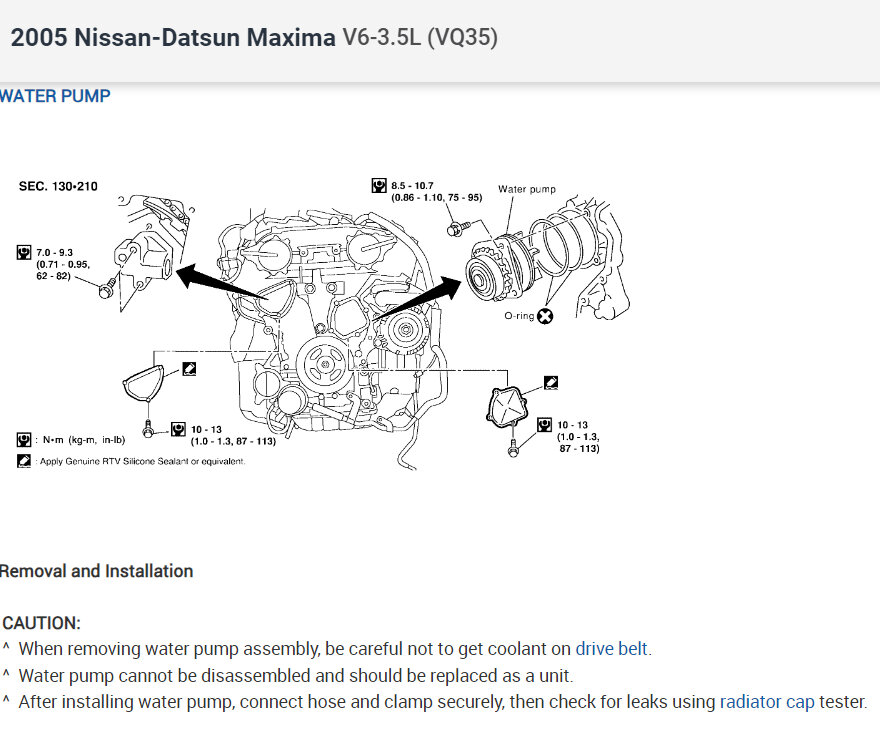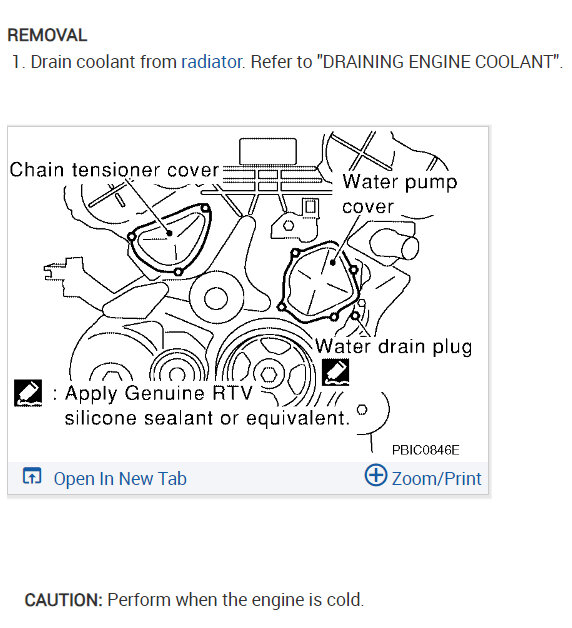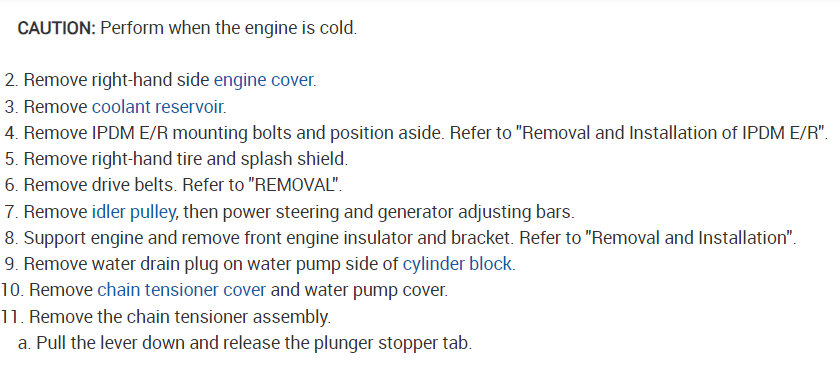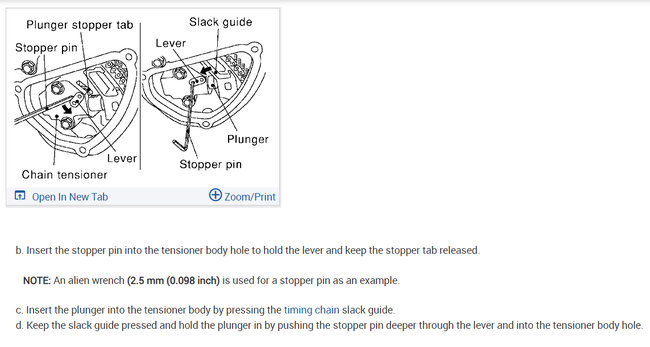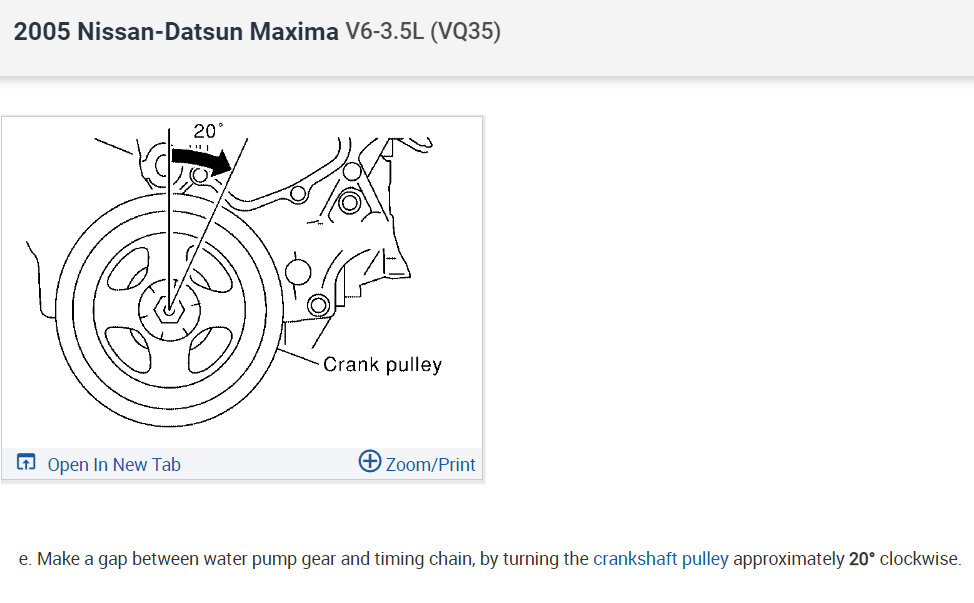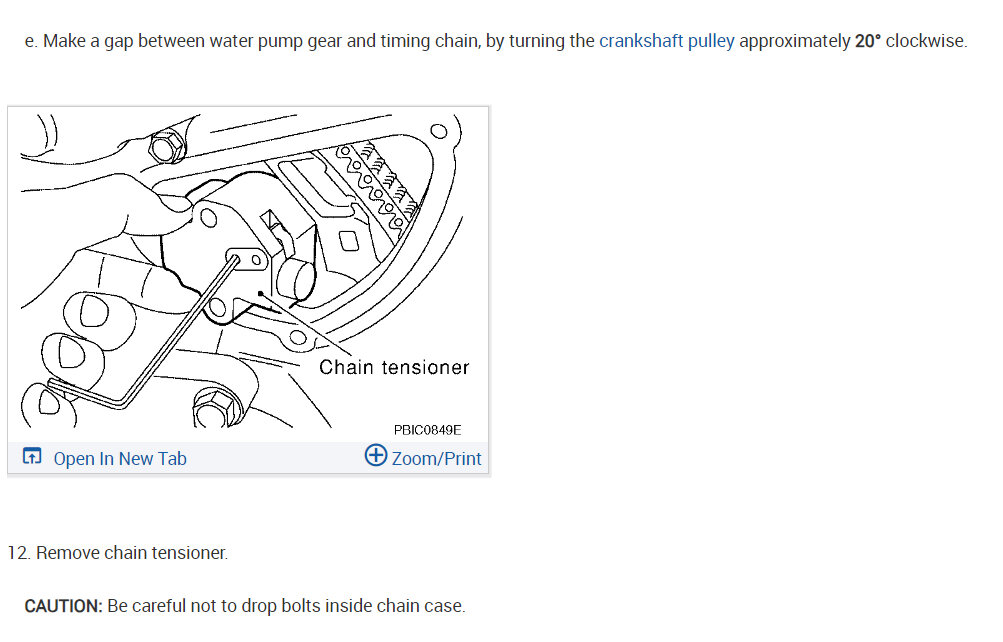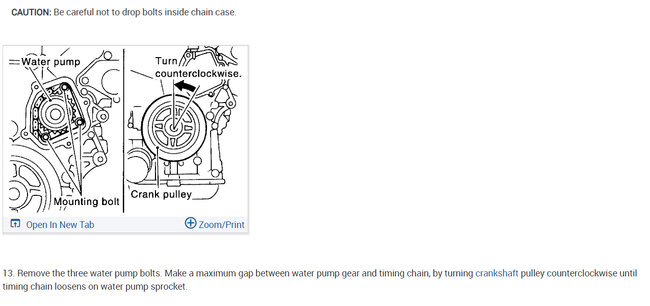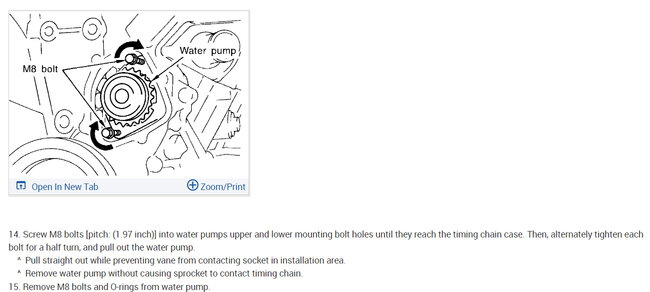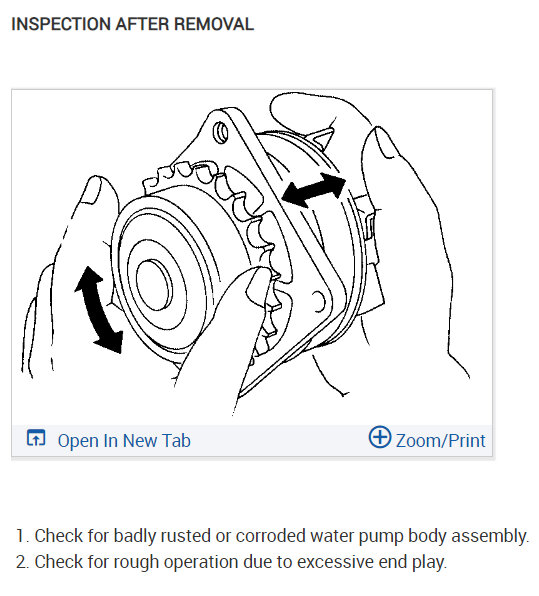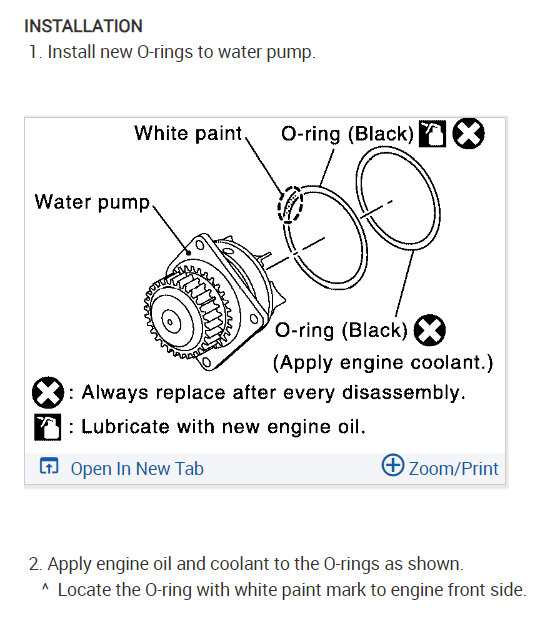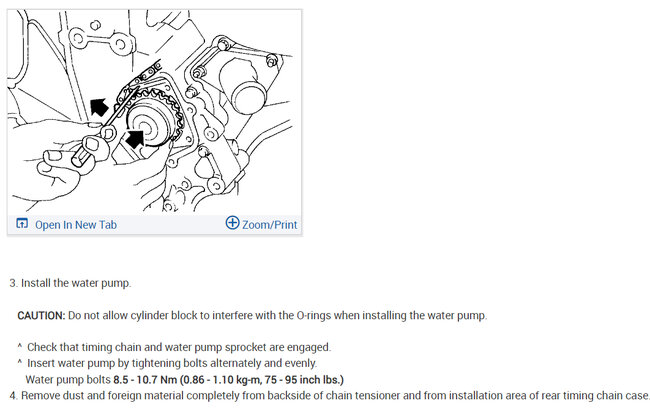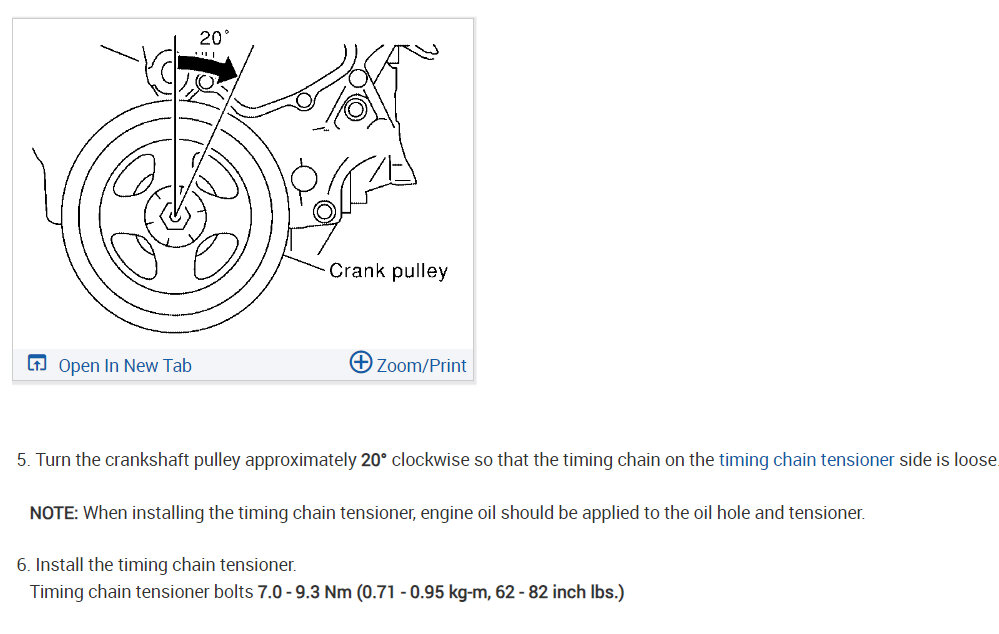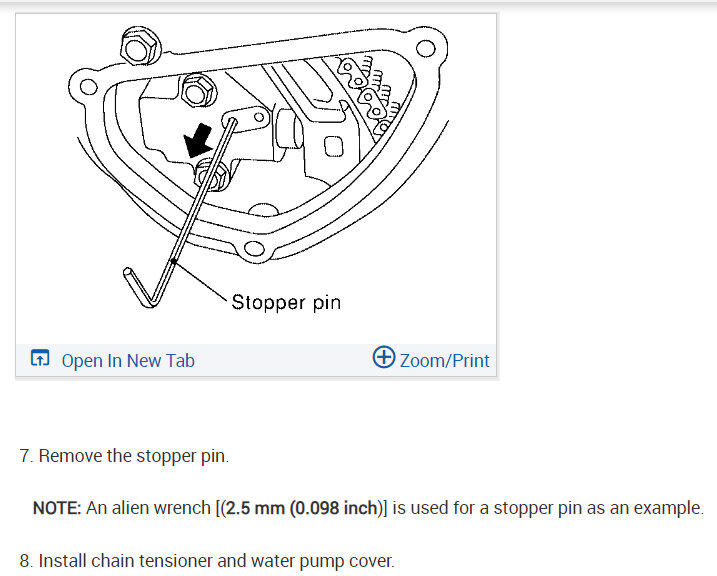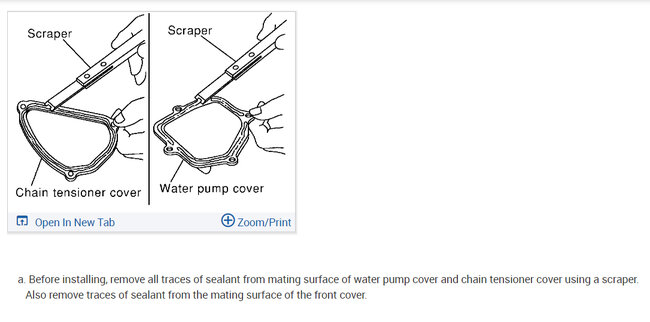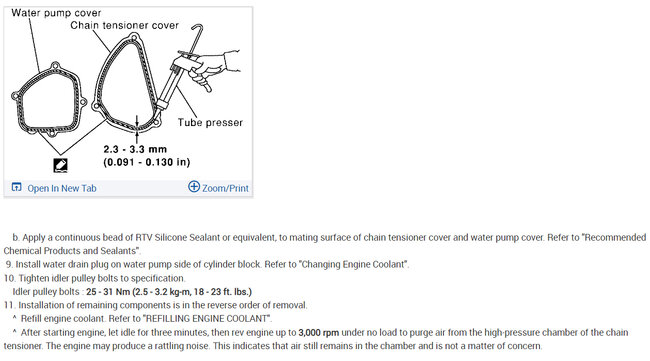I own the vehicle listed above that I was driving from Illinois to California, a2000-milee journey over a 5-day trip.
1,000 miles into the journey, at Rawlins, Wyoming, I smelled a light smell of coolant in the passenger cabin and decided to bypass the heater core with a bypass kit. I did the job myself.
1. After driving for 280 miles from Rawlins to Utah (it was very hot outside), the car suddenly started to overheat when going downhill.
2. I had introduced an air bubble when I bypassed the heater core at Rawlins and had never bled the coolant circuit. In any case, I parked the car for 30 mins when going downhill and it cooled down.
3. Thereafter, after every 15 miles or so, the car overheated regularly, especially at lower rpms.
4. If I raise the rpm of the car (even when stationary) to 5000 rpm, the temperature gauge immediately comes down.
5. I have no coolant leak and the coolant level never changes.
6. The radiator is new'ish and has only 3000 miles on it. The radiator passes a pressure test at 15 & even 20 psi.
7. The engine oil was not milky or frothy. There is no white smoke coming out of the exhaust either.
8. I replaced the thermostat myself 2 days ago, so it has a brand-new thermostat but the overheating problem persists.
9. Both the radiator fans work at both high and low speeds and come on when the engine starts to overheat. The radiator fins are not blocked either.
9. I noticed that the radiator top (inlet) pipe gets very hot when the car is overheating but the bottom (outlet) pipe is stone cold to the touch.
10. I ran the engine for 10 mins at idling with radiator cap removed to eliminate any air pockets.
11. Even when the coolant level is full, I don't see a lot of coolant entering the radiator at lower rpms and it does increase at higher RPMs but I suspect the flow is still quite poor. I have attached a video of the coolant flow (after removing the coolant pipe at top of radiator). The engine was initially at 800 rpm and later at 5000 rpm.
12. I disconnected the heater core inlet hose (tried both inlet and outlet hoses) to see if coolant comes out of the heater core inlet hose with force. But even at 5000 rpm, there is no coolant trying to leave the heater core inlet hose. My car always had a problem getting the inside to heat -- it was *extremely* weak.
Saturday, October 5th, 2024 AT 10:39 AM
